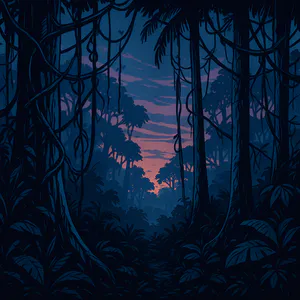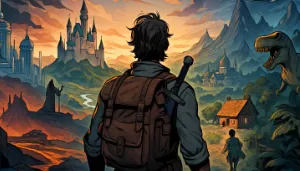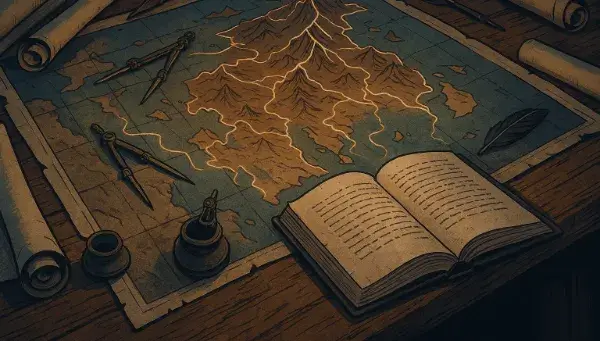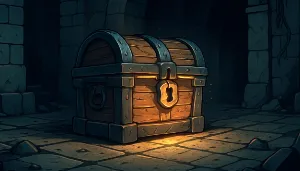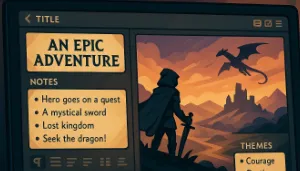Generate jungle names
More Place Name Generators- <% result.name %>
Discover all Story Shack apps
Explore the Wilds of Imagination
Creating a captivating jungle name can transport your audience to a vibrant and mysterious world. Use these thought-provoking questions to ignite your creativity and discover the perfect name for your jungle adventure.
- What unique flora and fauna inhabit your jungle, and how might they inspire a name?
- What ancient legends or myths surround this jungle that could influence its identity?
- How does the jungle's climate and geography shape its character and potential names?
- What emotions or themes do you want the name to evoke in those who hear it?
- Are there any local tribes or cultures that could lend their language or stories to your jungle's name?
Frequently Asked Questions
Here are some common inquiries about the Jungle Name Generator and how it can help you create the perfect name for your wild setting.
How does the Jungle Name Generator work?
It combines various elements of nature, culture, and imagination to create unique jungle names with every click.
Can I specify the type of jungle name I want?
Currently, you can't specify; however, you can generate names until you find one that resonates with your vision.
Are the jungle names unique?
The names are randomly generated, so with unlimited clicks, you'll uncover a diverse array of options, though some may share similarities.
How many jungle names can I generate?
You can generate an unlimited number of jungle names; simply click 'Generate' as many times as you like.
How do I save my favorite jungle names?
You can copy a name instantly by clicking on it, or use the heart icon to save it for later reference.
What are good jungle names?
There's thousands of random jungle names in this generator. Here are some samples to start:
- Ahekuyu Garden
- The Infernal Wilderness
- Qeemei Jungle
- Luanmakoile Tropics
- Widhawo Gardens
- Marialey Gardens
- Muholey Rain Forest
- Bungoveta Paradise
- Mogaco Paradise
- Nyamisumu Paradise
About the creator
All idea generators and writing tools on The Story Shack are carefully crafted by storyteller and developer Martin Hooijmans. During the day I work on tech solutions. In my free hours I love diving into stories, be it reading, writing, gaming, roleplaying, you name it, I probably enjoy it. The Story Shack is my way of giving back to the global storytelling community. It's a huge creative outlet where I love bringing my ideas to life. Thanks for coming by, and if you enjoyed this tool, make sure you check out a few more!

